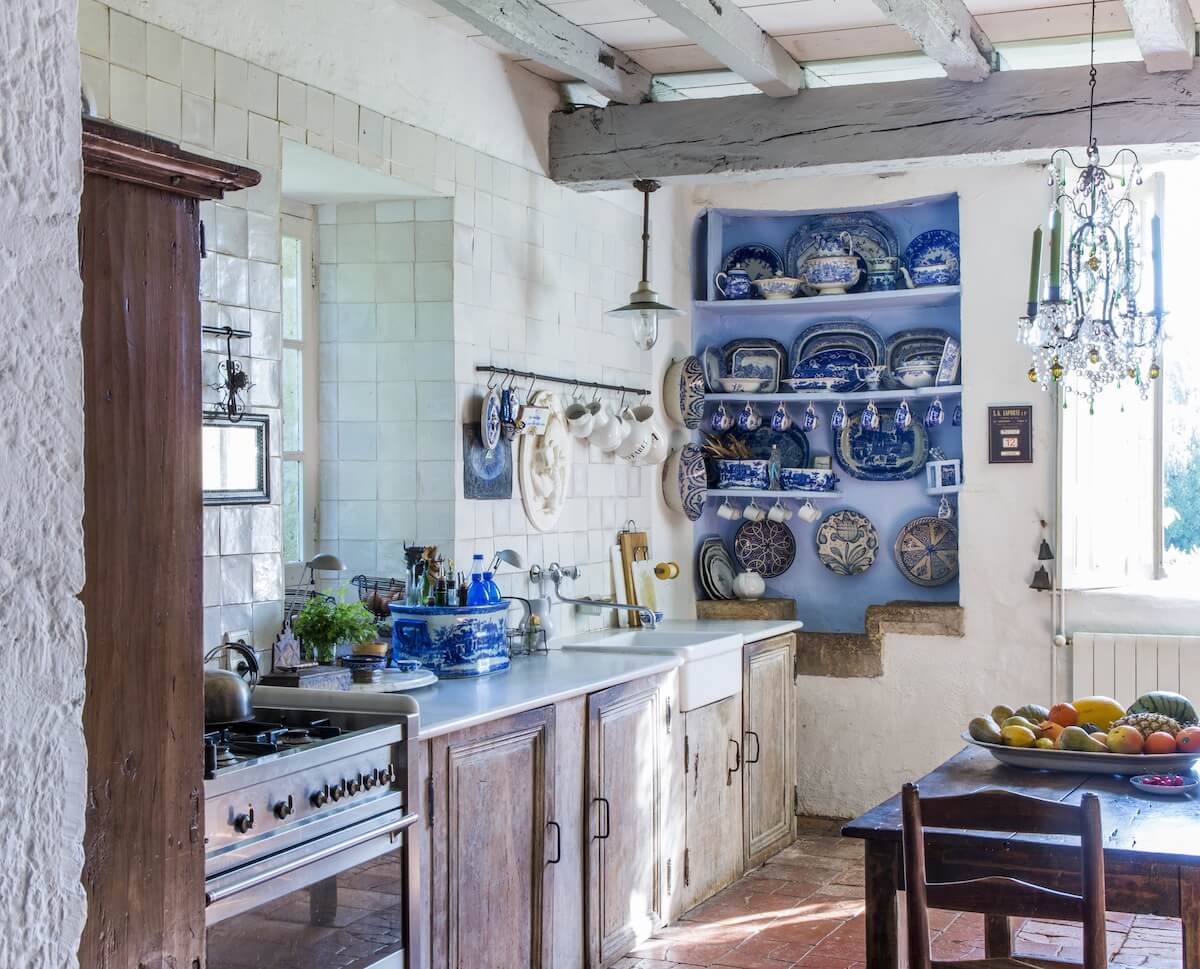Introduction
When we think of chandeliers, we often picture ornate, crystal-laden fixtures that are reminiscent of centuries past. However, in recent years, modern chandeliers have gained popularity for their sleek, minimalist designs and unique lighting effects. In this article, we’ll take a closer look at modern chandeliers and what sets them apart from their traditional counterparts.
What Sets Modern Chandeliers Apart?
One of the key characteristics of modern chandeliers is their minimalist design. Rather than being adorned with lots of extra materials or embellishments, modern chandeliers are typically made from simple, geometric shapes and clean lines. This gives them a more contemporary, understated look that is perfect for modern interior design styles.
In addition to their design, modern chandeliers often incorporate new lighting technologies that allow for unique lighting effects. For example, some modern chandeliers feature LED lights that can change color or brightness with the touch of a button. Others use fiber optic cables to create a “twinkling” effect that resembles a starry night sky.
Popular Styles of Modern Chandeliers
There are many different styles of modern chandeliers available today. Here are a few of the most popular:
Mid-Century Modern
This style of chandelier is inspired by the design principles of the mid-20th century. These chandeliers often feature abstract shapes and bold colors, and are made from materials like metal, glass, and plastic.
Minimalist
As the name suggests, minimalist chandeliers are all about simplicity. They are often made from a single material, like metal, and feature clean lines and shapes.
Contemporary
Contemporary chandeliers are a bit harder to define, as they encompass a wide variety of design styles. However, they all share a sense of “newness” and innovation, and often incorporate the latest lighting technologies.
Choosing the Right Modern Chandelier for Your Space
If you’re considering a modern chandelier for your home, there are a few things to keep in mind. First, think about the size and scale of the fixture relative to your room. A small chandelier might get lost in a large room, while a large chandelier could overwhelm a small space.
You should also think about the color and material of the chandelier. If you have a lot of natural wood in your space, a metal chandelier might clash; similarly, a brightly colored chandelier might not work well with a neutral color palette.
Finally, consider the function of the chandelier. Will it primarily serve as a decorative statement piece, or will it be the primary source of lighting in the room? If you need a lot of light, make sure your chandelier has a high wattage and plenty of bulbs.

